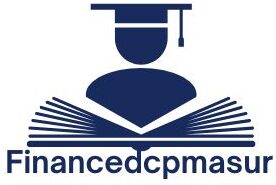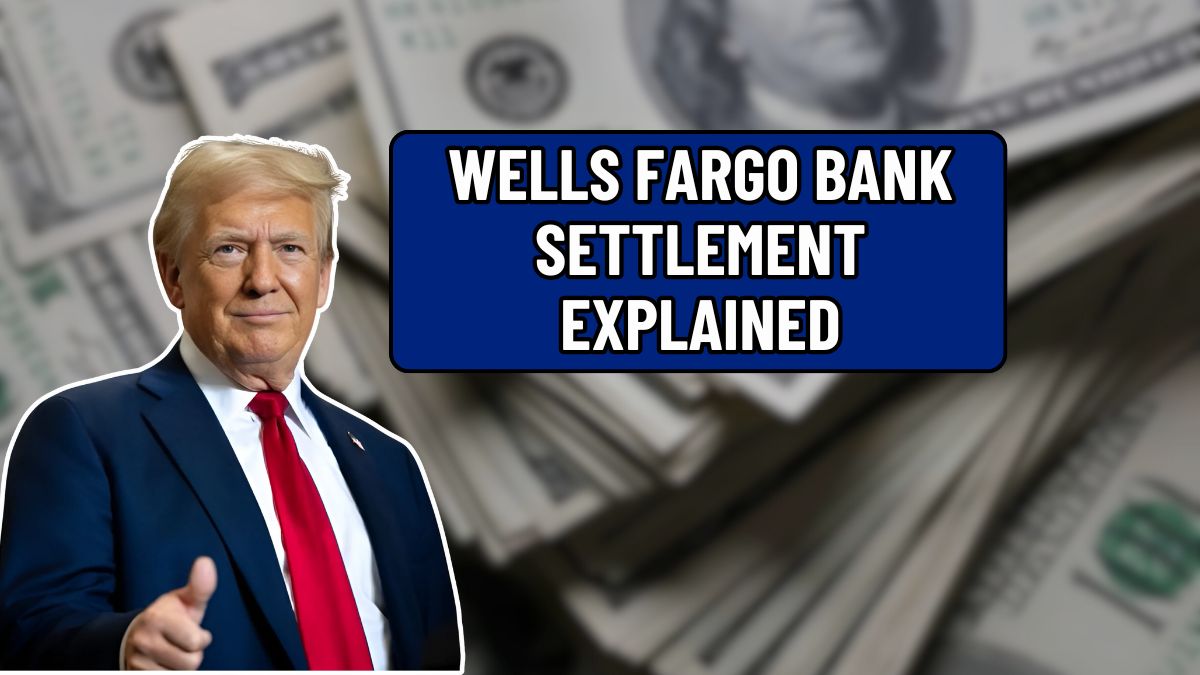Often in our country and the world, when big banks take a big decision without the knowledge of their customers, its consequences can be far-reaching and serious. Something similar happened with America’s famous bank Wells Fargo, which put consumers’ home loans in forbearance (temporary moratorium) without their permission during the COVID-19 pandemic. Now, in the year 2025, this matter has come to the fore in the form of a big settlement and affected customers are being compensated millions of dollars.
What is Wells Fargo Bank Settlement 2025?
The Wells Fargo Bank Settlement is the result of a class-action lawsuit in which the bank was accused of putting customers’ home loans in forbearance mode between March 1, 2020 and December 31, 2021 without their consent. The bank allegedly took this action with very little communication and unclear procedures.
In many cases, just clicking a link on the website or having a brief conversation with customer care was also considered “consent”. As a result, consumers’ credit reports were negatively affected, it became difficult to get a loan in the future or it was available at a higher interest rate.
Court decision and settlement amount
The US District Court ruled in this case in December 2024 and approved a settlement fund of $185 million (about Rs 1540 crore). The effective date of this settlement has been fixed as February 15, 2025.
This payment is specifically for those consumers whose home loans were put into forbearance by Wells Fargo without informing them during the COVID-19 pandemic.
Who will get compensation?
Customers who were home loan account holders with Wells Fargo between 2011 and 2022 and whose accounts were put into forbearance are eligible to get compensation under this settlement.
The main payments began in March 2025. If a customer has been particularly hard hit by a drop in their credit score, expensive interest, or difficulty refinancing a loan, they can ask for more compensation by filling out an additional claim form.
Important dates:
- Automatic payments begin: March 2025
- Deadline to fill out additional claim form: January 10, 2025
- Review and payment of additional claims: Continues until spring 2025

Important note:
Settlement checks will be sent in plain white envelopes. So check carefully before throwing away any mail.
Why is this case so important?
This case is different because in it the bank, without any concrete consent, put millions of customers in a financial situation that could affect their long-term future. Such actions are not only legally improper, but also questionable from an ethical standpoint.
Many customers alleged that their credit scores suddenly dropped, causing them to receive loans at higher interest rates or, in many cases, loans were rejected altogether. In addition, in some cases, customers’ monthly installments also increased as interest accrued after the forbearance period.
Wells Fargo’s previous legal challenges
This is not the first time Wells Fargo has been embroiled in legal controversies. The bank’s history has been linked to several major controversies before:
- 2024: The bank was accused of unfairly profiting from customers by charging interest rates.
- 2022: $3.7 billion fine for fees and overdraft charges that were imposed without prior notice to customers.
- 2020: $3 billion settlement for pressuring employees to create fake accounts.
- 2018: For charging customers unnecessary auto insurance and high mortgage fees.
All these incidents make it clear that Wells Fargo has serious flaws in customer service and policy-making.
Lessons for consumers
This case has a clear message for consumers – no matter which big bank you are a customer of, keep checking your financial status and loan account details regularly. If any changes happen without your knowledge, it is important to protest and take action.
Financial institutions should make any decision with complete transparency and explicit consent of the consumer. This settlement is a warning for the future – financial decisions made by keeping consumers in the dark will no longer be tolerated.

Conclusion
This class-action lawsuit against Wells Fargo Bank became the voice of millions of consumers and ultimately succeeded in getting them justice. But it is also clear that this is not the last case. Until transparency and accountability are established in the banking sector, such cases will keep coming up again and again. It is expected that this 2025 settlement will serve as a warning to other banks and new policies will be made to protect the interests of consumers. If you are also a Wells Fargo customer and have been affected by this case, check your eligibility by visiting the official website of the settlement and complete the compensation process within the prescribed time limit.
FAQs
Q1. Who is eligible to receive the Wells Fargo settlement compensation in 2025?
A. Anyone whose mortgage was placed into forbearance by Wells Fargo between March 2020 and December 2021 without their consent may be eligible. You must have had an active Wells Fargo mortgage account during that period. Check the official settlement site to verify your eligibility.
Q2. How much money will I receive from the settlement, and when?
A. The initial settlement offers equal distribution from a $69 million fund, with payments starting in March 2025. If you suffered credit damage or loan issues due to unauthorized forbearance, you can apply for extra compensation before January 10, 2025.
Q3. How do I know if I was put into forbearance without my permission?
A. If your mortgage status changed during COVID-19 without your written or verbal approval, you may have been affected. Review your mortgage records or contact Wells Fargo to confirm if your loan was placed into forbearance.
Q4. Do I need to apply for the settlement payment, or will it come automatically?
A. Primary and co-borrowers identified as affected will receive automatic payments. However, if you want to claim additional compensation for specific losses, you must file a supplemental claim form by the deadline.
Q5. Why is Wells Fargo sending checks in plain envelopes, and how should I handle them?
A. To protect privacy, the settlement checks are mailed in plain white envelopes without logos. Be sure to carefully open all mail before discarding anything, as your payment could be inside.



